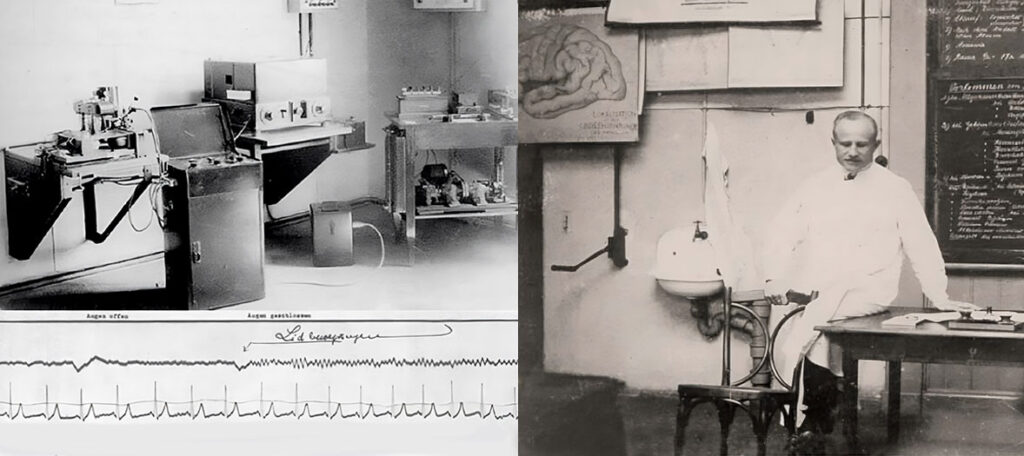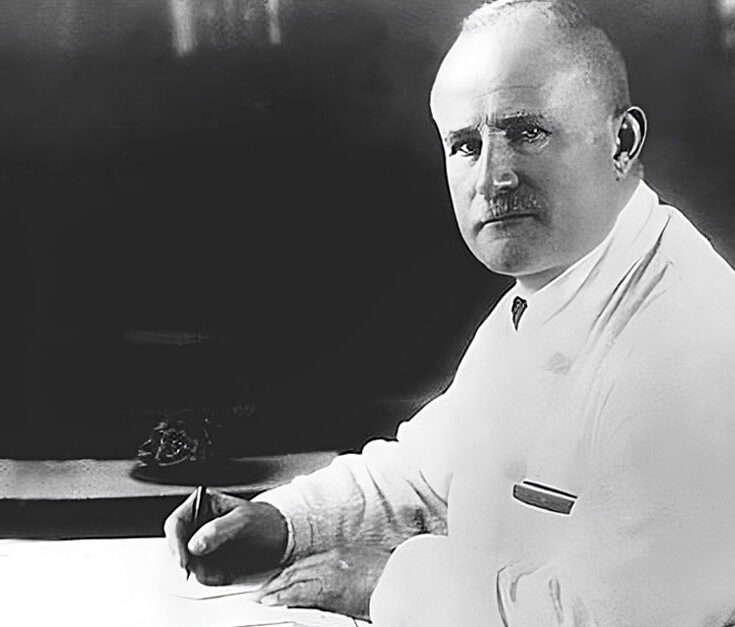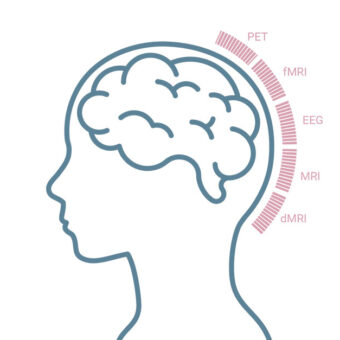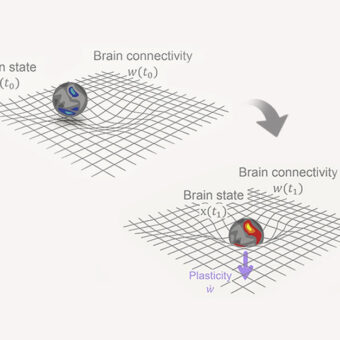Hans Berger, the visionary father of electroencephalography (EEG), led an extraordinary life that shaped the course of modern brain science. Amidst his pursuit of telepathy, an incident of near-fatal proportions set him on a path of groundbreaking discovery. In this blog post, we delve into the fascinating life of Hans Berger, exploring how his quest for mental connections ignited the invention of EEG and revolutionized neuroscience.
Hans Berger’s Early Life & Journey into Science
Born in 1873 in Germany, Hans Berger’s childhood was serene, thanks to his father’s role as the chief physician at a regional asylum. As he grew older, Berger’s fascination with the mysteries of the mind intensified, driving him to pursue a career in mathematics and astronomy. His tranquil life in Coburg took a dramatic turn when he moved to Berlin to further his studies, struggling to adapt to the vibrant city. Fate intervened during his military service when a near-fatal incident sparked an inexplicable connection that left him captivated.
The Telepathy Incident and the Birth of EEG
During a military training exercise, Berger faced a brush with death when his horse reared and threw him in front of an artillery cannon. In a remarkable twist, just as this occurred, he received a telegram from his sister, who was overcome with a premonition of her brother’s impending danger. This inexplicable event left Berger intrigued, convinced that he had experienced telepathy with his sister.
Driven by this incident, Berger embarked on a mission to study the human brain’s electrical activity, believing it to be the key to understanding telepathy. However, his initial attempts to capture long-range telepathic signals were futile. Unbeknownst to him, these failures laid the foundation for what would become one of the most significant breakthroughs in neuroscience.

The Journey to Recognition
Realizing the limitations of his initial approach, Berger redirected his efforts toward capturing brain signals on the surface. In 1924, he modified a galvanometer, typically used for measuring electrocardiogram recordings, and encountered the first glimmers of success. The continuous oscillations observed in the galvanometer provided the first-ever recorded electrical activity of the human brain.
Berger’s persistent experimentation with electrodes and galvanometers ultimately led to the invention of EEG. By 1928, he had refined the technique, revealing distinct waveforms associated with different mental tasks and physiological states. In 1929, he fearlessly published his seminal paper titled “On the Human Electroencephalogram,” introducing the world to EEG and revolutionizing our understanding of brain function.
Hans Berger, Controversy and Final Years
As World War II emerged, Berger’s life became mired in controversy. While some claim he was forced into retirement due to his opposition to the Nazi regime, evidence has also surfaced suggesting he may have been a member of the SS and harbored anti-Semitic sentiments. Struggling with declining health, including chronic heart issues and severe skin infections, Berger tragically succumbed to depression, taking his own life in June 1941.
Conclusion
Hans Berger’s remarkable life journey, spurred by a quest for telepathy, laid the groundwork for modern brain science through his invention of EEG. His pioneering work continues to shape neuroscience, unlocking mysteries of the brain that have profoundly impacted medical and scientific fields. Today, we honor the legacy of Hans Berger, the visionary who dared to explore the uncharted terrain of the human mind.
Seeking to explore the potential of EEG? Dive into our Enobio® EEG systems here.



